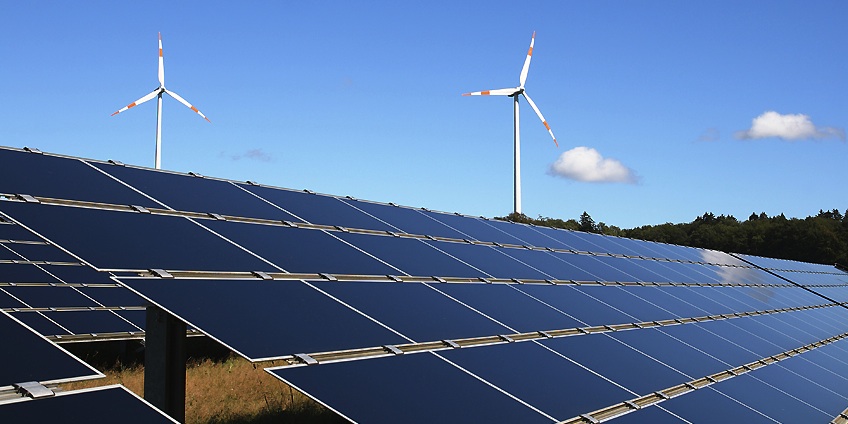The federal government has issued a new Investment Mandate for its green bank, signaling a shift away from intermittent renewable energy projects, specifically wind and solar, to round-the-clock power.
Under the new mandate, the Clean Energy Finance Corporation (CEFC) is instructed to take into consideration the impact of proposed renewable energy projects on security of supply, and prioritise its investments to support increased reliability and security.
“The CEFC has also been directed to continue to focus on emerging and innovative clean energy technologies with a view to further reduce the risk of the CEFC crowding out private finance in more established renewable energy markets,“ reads a joint statement from Minister of Finance Mathias Cormann and Energy Minister Angus Taylor.
Last year, the CEFC invested a record $2.3 billion in renewable energy, energy efficiency, transport and waste-related projects. A total of $1.1 billion was invested in 10 large-scale solar projects and four wind farms, with the accumulated capacity of 1.1 GW.
Earlier this week, it made its biggest ever equity investment in renewables, adding $100 million to the Infrastructure Capital Group’s (ICG) Australian Renewables Income Fund (ARIF).
The new Investment Mandate, designed to ensure the CEFC will support the government energy policy priorities, suggests the Australian government’s green bank will change its investment focus, which could make it more difficult for renewable energy projects that are not backed by energy storage to secure financing.
But, according to CEFC CEO Ian Learmonth, the CEFC believes the changes proposed by the update align with work already being undertaken by the CEFC, which has already invested in projects that incorporate smart controls, batteries, weather predicting technology and Frequency Control and Ancillary Services that support reliability or security of electricity supply.
“While the market is still emerging for many of these technologies, our investment pipeline includes technologies such as large-scale pumped hydro, household and grid scale batteries, synchronous condensers and other technologies which can support reliability or security of electricity supply.“
“Importantly the new Mandate does not prevent the CEFC from continuing to invest in intermittent renewable energy such as wind and solar, after the CEFC has considered effects on the reliability and security of the grid. We are looking forward to continuing to invest heavily in solar, wind, hydro, bioenergy and other technologies in the renewable energy sector.“
The new mandate closely follows the launch of the Coalition’s underwriting new generation investments program, which may be used to extend the life of existing coal or gas-fired generators and support new on-demand power.
This content is protected by copyright and may not be reused. If you want to cooperate with us and would like to reuse some of our content, please contact: editors@pv-magazine.com.









By submitting this form you agree to pv magazine using your data for the purposes of publishing your comment.
Your personal data will only be disclosed or otherwise transmitted to third parties for the purposes of spam filtering or if this is necessary for technical maintenance of the website. Any other transfer to third parties will not take place unless this is justified on the basis of applicable data protection regulations or if pv magazine is legally obliged to do so.
You may revoke this consent at any time with effect for the future, in which case your personal data will be deleted immediately. Otherwise, your data will be deleted if pv magazine has processed your request or the purpose of data storage is fulfilled.
Further information on data privacy can be found in our Data Protection Policy.